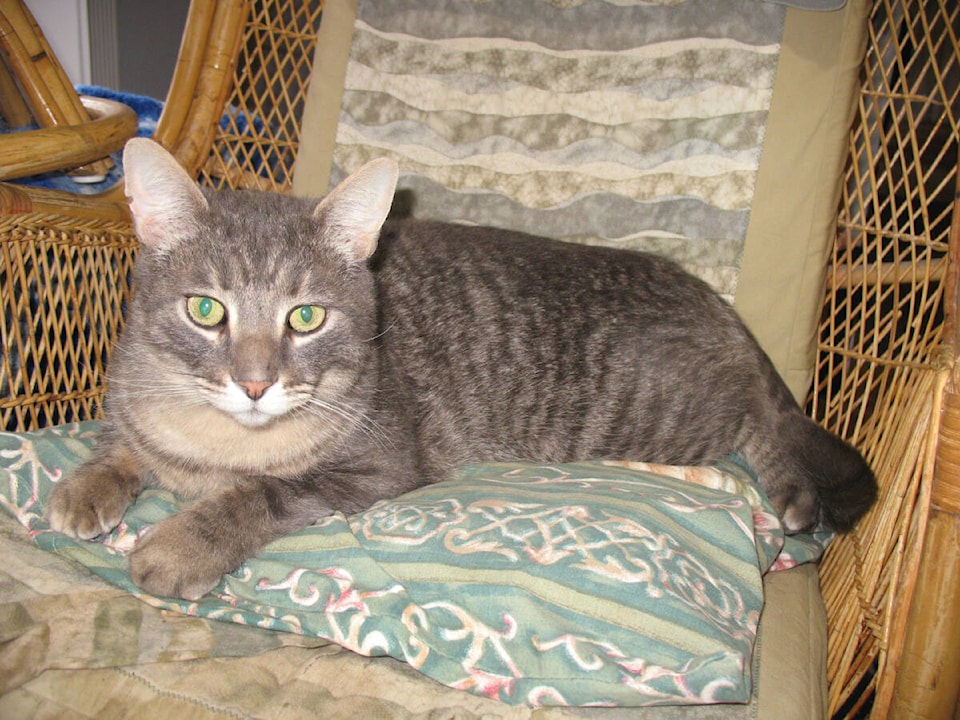By Mary Lowther
I’m keeping my fingers crossed that my present batch of seedlings will continue to grow without mice interference. So far so good, but one must remain vigilant when the cat prefers staying in the nice, warm house to doing his job near the seed table in the garden tent. I bought an electronic ultra-sonic device that is supposed to deter mice, but left a trap beside the seed table as insurance, and lo and behold, it caught another one yesterday. I’d better keep this up and not just rely on electronics.
Aside from wrapping the seed table with blankets, I’ve added a heating pad underneath to keep things warmer. Once the seedlings have a set of their true leaves, I’ll transplant them into larger pots of unsterilized soil, knowing that I may have to transplant them again if it’s not warm enough outside. I’ll remove the heating pads a week later and start hardening off the seedlings before I plant them outside and hope they’re big enough to withstand varmint and insect predation.
I attached banks of fluorescent lights to the underside of the shelves of my seed table, on chains that can be raised or lowered to keep the lights two inches above the seedlings for best growth. Any farther away than this, the seedlings may become too leggy with soft stems. When this has happened to me, I’ve re-potted the seedlings more deeply and that has usually worked. Growing plants in a window sill often doesn’t provide enough light to grow strong seedlings, so one could plan on turning the flat around from time to time and setting up mirrors or foil-lined cardboard to reflect sunlight onto the seedlings. I learned that seedlings do best with 16 hours of light a day, so I bought a timer that lights plug into and set it for that time.
The snow hasn’t completely gone at our house but robins, jays and flickers have arrived, along with the ubiquitous cabbage moths that birds evidently have missed. The eggs they lay on seedlings turn into voracious green caterpillars that destroy seedlings, so I protect the whole seed table with mesh, and when I harden them off outside, I cover each tray with Reemay, carefully tucking under the edges because cabbage moths squeeze through the tiniest hole. This last part is quite a hassle so I’m going to have to figure out a better method.
Please contact mary_lowther@yahoo.ca with questions and suggestions since I need all the help I can get.
